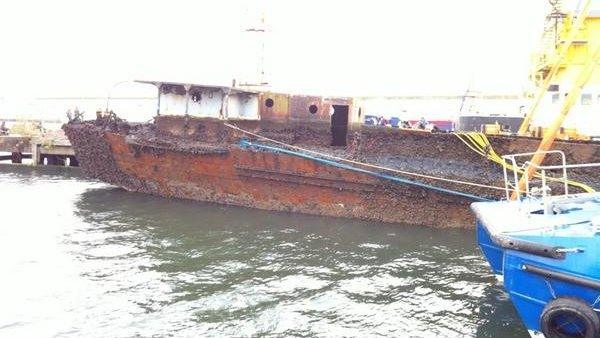Last D-Day craft opens in Portsmouth after revamp
- Published
The craft was previously used as a nightclub
The last surviving World War Two D-Day tank landing craft has opened to the public.
LCT 7074 was renovated with a National Heritage Lottery fund £4.7m grant ahead of its permanent display at the D-Day Story museum in Southsea, Portsmouth.
The six-year revamp has included attaching a restored funnel, replacement guns and rocket launchers.
Portsmouth City Council said it would help "preserve, inspire and educate" visitors about the Normandy landings.
LCT 7074 was one of more than 800 specially designed landing craft vessels involved in the D-Day landings.
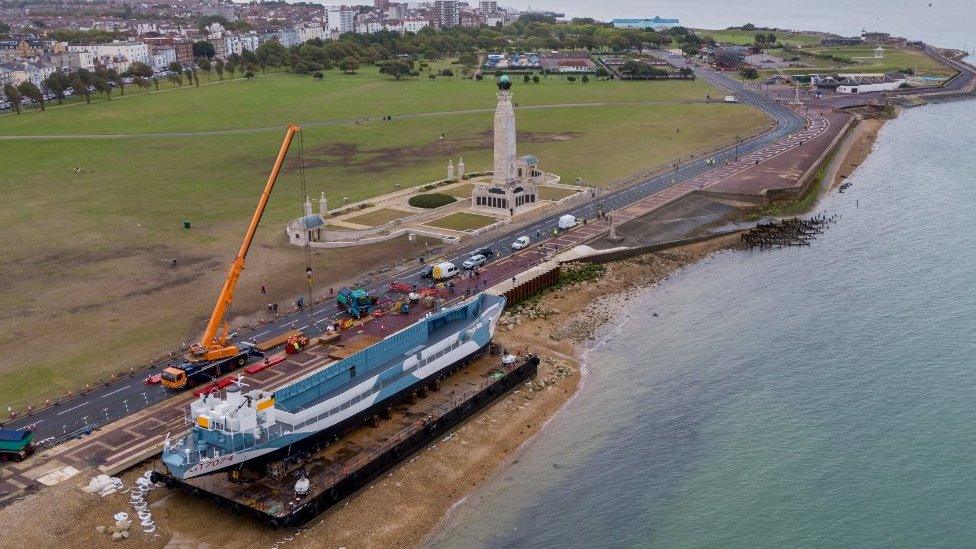
The craft was installed at the D-Day Story museum in Southsea in August
It arrived at Gold Beach, in France, surviving German shell fire which sank the craft next to it.
It put 10 tanks and a contingent of soldiers ashore at about 02:00 on 7 June 1944 before returning to England with prisoners of war.
The 183ft (57m) vessel later became a floating nightclub before sinking in a semi-derelict condition at Birkenhead Docks.
Timelapse footage of the last landing craft used in the D-Day landings being raised from Liverpool Docks
Since 2014, the National Museum of the Royal Navy (NMRN) has led a project to rescue the craft from the docks.
It had been due to be delivered to Southsea on the 76th anniversary of D-Day in June but this was delayed until August due to coronavirus.
Delays to restoration work on the 300-tonne ship added £75,000 to its cost, the NMRN has said.
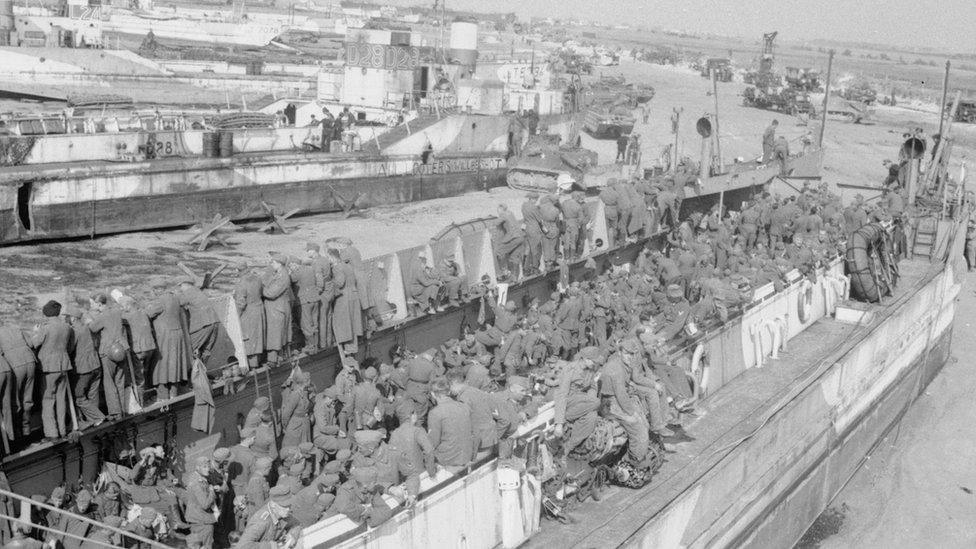
LCT 7074 landed on Gold Beach on D-Day
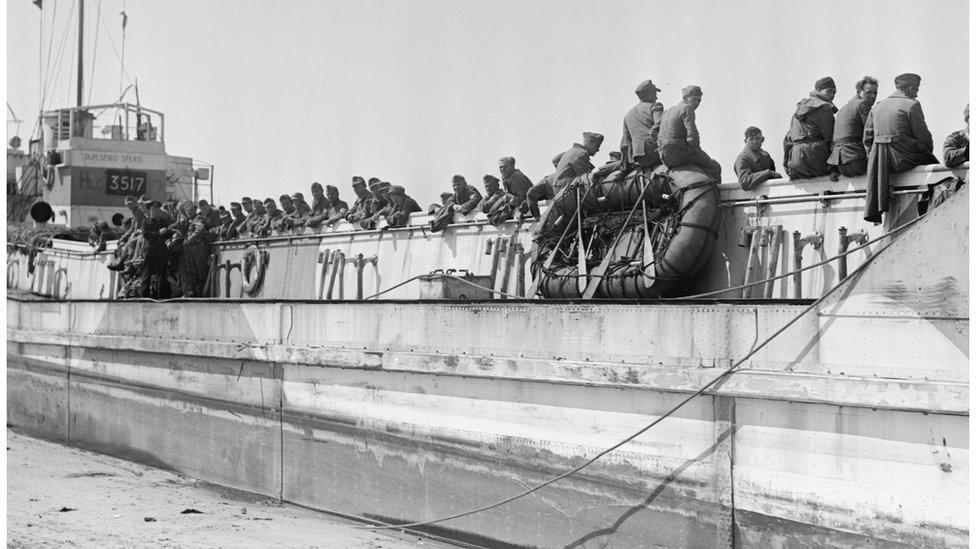
It put 10 tanks and a contingent of soldiers ashore at about 02:00 on 7 June 1944
Nick Hewitt, head of collections and exhibitions at NMRN, said: "When she was rescued by the museum, she was rusty, unloved and covered in barnacles... But now she is transformed."
Steve Pitt, cabinet member for culture, leisure and economic development at Portsmouth City Council, said: "It is a huge honour to hold another piece of history in Portsmouth, to preserve, inspire and educate visitors about D-Day and the important part our city played in this historic event."

One of two tanks on board the LCT 7074, which would have carried 10 on its D-Day voyage
Mick Jennings, 95, was one of the Royal Navy crewmen on a different landing craft, LCT 795, which carried American troops from Dartmouth to Utah Beach on D-Day. He was 18 at the time.
"It is a very good idea to open LCT 7074 to the public, so people can visit and get an idea what conditions were like," he said.
"The living quarters were next to the engine room so it was noisy, and sleeping in a hammock was uncomfortable."
- Published24 August 2020

- Published24 August 2020

- Published12 June 2020
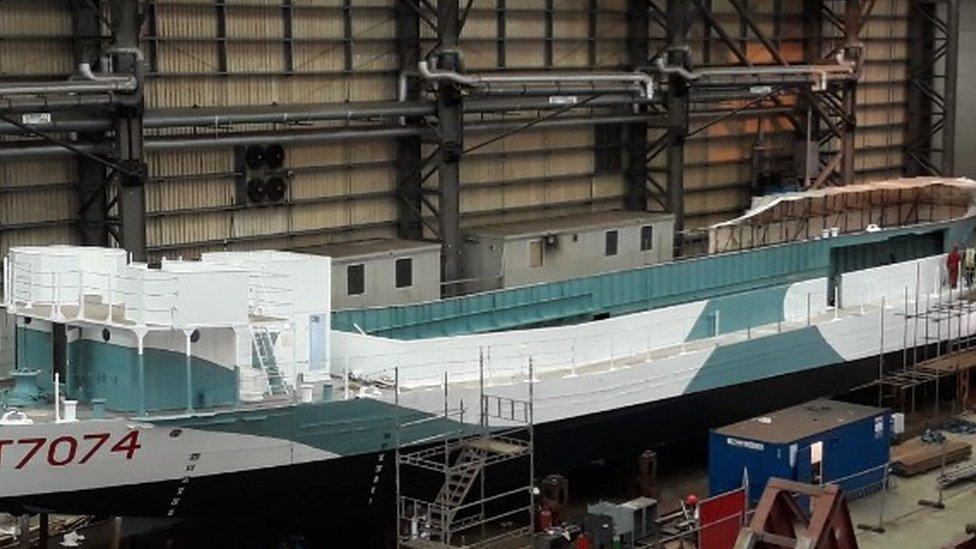
- Published1 November 2018
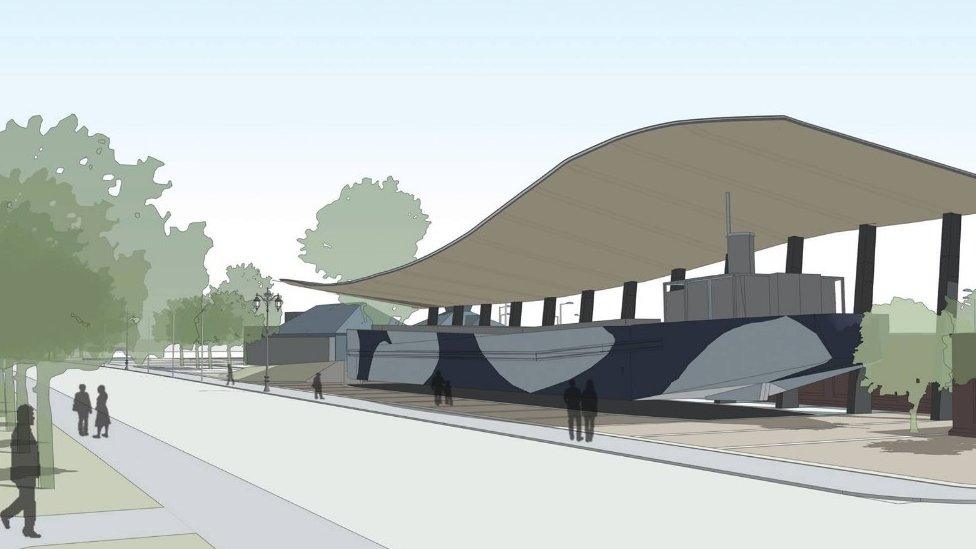
- Published22 September 2017
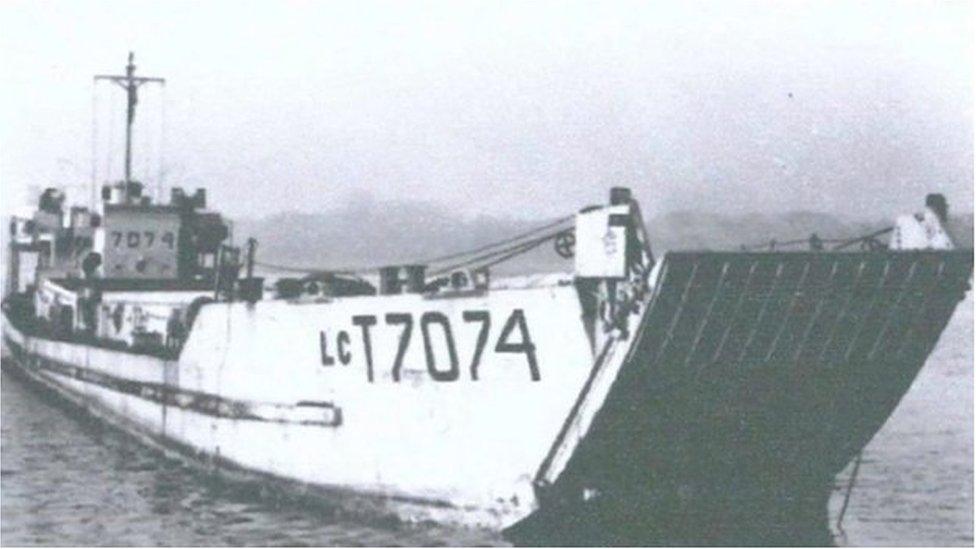
- Published28 September 2015

- Published28 September 2015
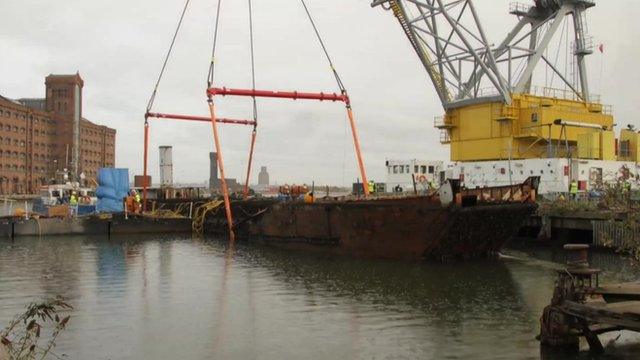
- Published17 October 2014
